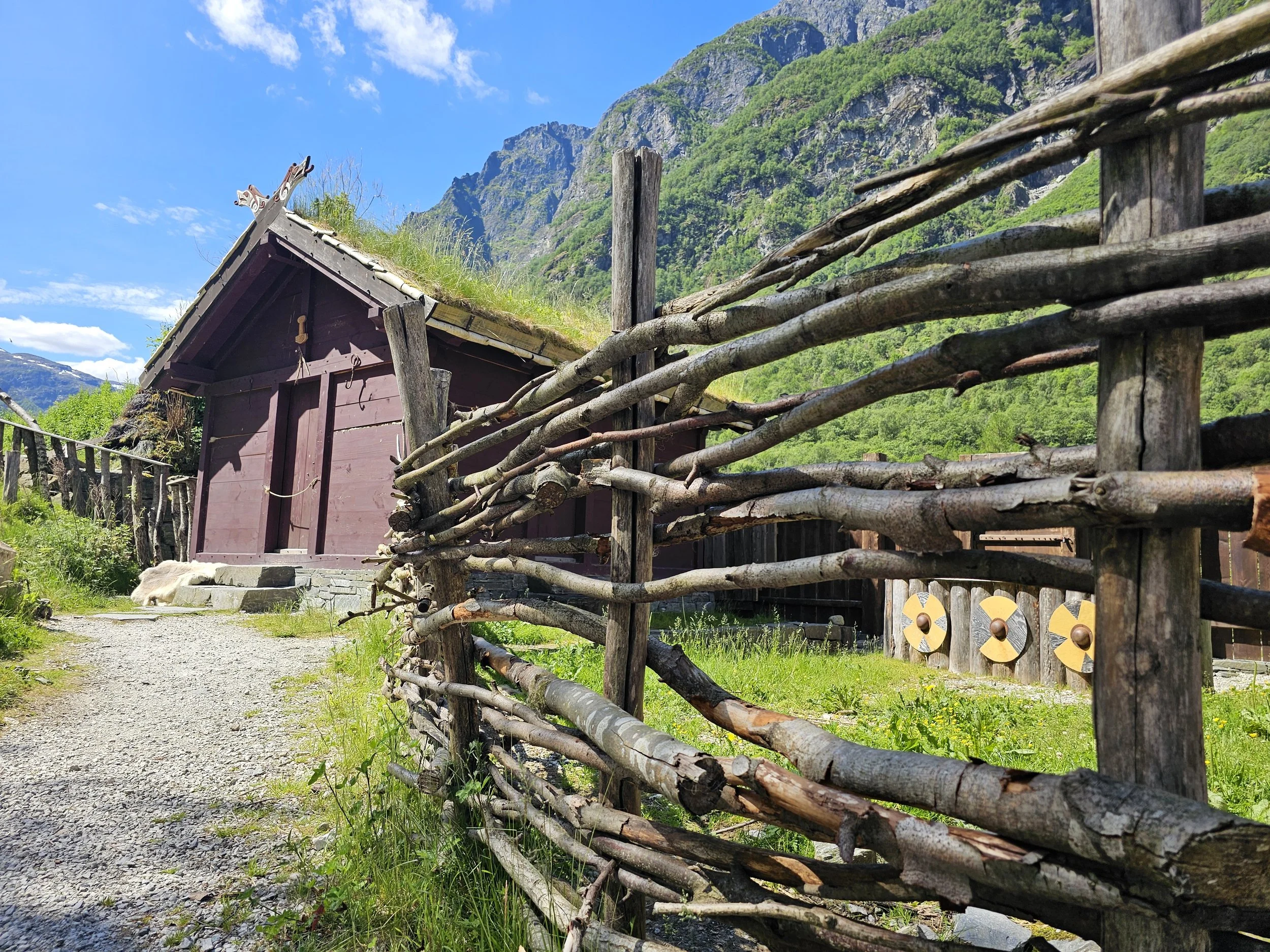Leading Lines
Beginner Composition Principle
Leading Lines are one of the most effective tools in photography to guide the viewer’s eye through an image. These natural or man-made lines, like roads, fences, or rivers, create a sense of depth and direction, drawing attention to the main subject. By incorporating leading lines into your composition, you can add a dynamic flow to your photos, making them more engaging and visually compelling. Whether subtle or bold, leading lines are a simple yet powerful way to elevate your photography.
Busan, South Korea: In the image above, the staircase provides pleasing lines and the tree branches above help to frame the image.
Before and After
Oden, Norway: In the image on the left, we are using leading lines to draw the viewer to the small wooden home; however, by simply using a lower angle the image on the right is far more interesting.
Leading Lines Are Everywhere
Leading lines can be symmetrical or asymmetrical, and they’re all around us—you just have to start noticing them! You’ll find them in architecture, like roads, staircases, fences, and hallways. But they’re just as common in nature, too—think winding trails, rivers, shorelines, rows of trees, or even shadows.
Saint-Paul de Vence: The walls and the plants create symmetrical leading lines, and the foliage above frames the walkway beautifully.
Whether perfectly straight or gently curved, leading lines help create depth and direction, adding a sense of movement and intention to your photo.
Move to the net Beginner Composition Principle: Negative Space
Return to Composition Overview
“Photography is about finding out what can happen in the frame.”





